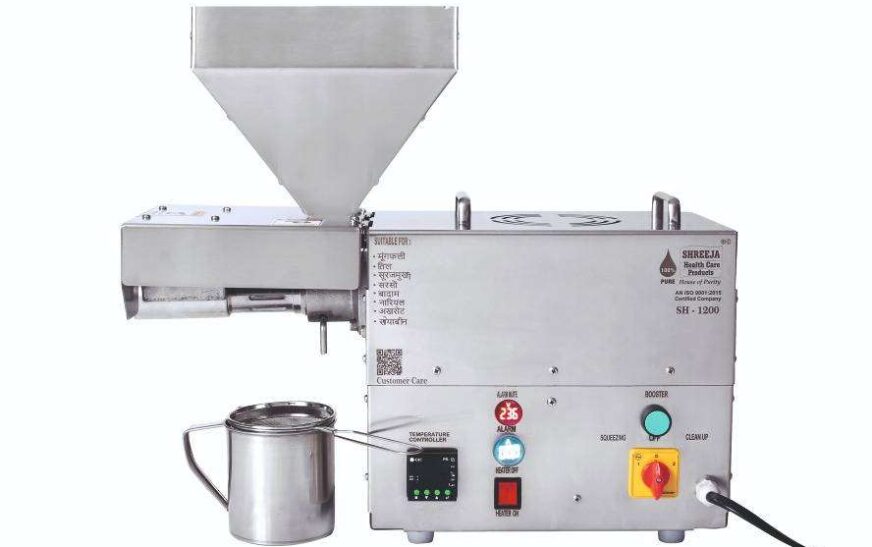Starting a commercial RO water plant business can be a profitable venture in today’s market, where the demand for clean, purified water continues to grow. Whether catering to residential areas, industries, or institutions, understanding the process to set up such a business is crucial for success. This guide provides step-by-step details on how to start a commercial RO water plant business effectively.
Step 1: Conduct Market Research
Before starting your business, analyze the local market.- Identify Demand: Research the demand for purified water in your area. Common customers include households, corporate offices, factories, and educational institutions.
- Study Competitors: Understand what existing players offer and identify gaps you can fill.
- Understand Regulations: Familiarize yourself with government policies, environmental laws, and industry standards.
Step 2: Develop a Business Plan
A comprehensive business plan is essential for launching a successful commercial RO water plant business. Key elements include:- Budgeting: Determine the investment required for equipment, infrastructure, licensing, and marketing.
- Revenue Model: Decide whether to offer bottled water, bulk supply, or specialized services for industries.
- Marketing Strategy: Outline plans for promoting your business and building customer relationships.
Step 3: Secure Licenses and Approvals
To operate legally, obtain the necessary licenses and certifications:- Pollution Control Board Clearance: Ensures compliance with wastewater management.
- BIS Certification: Required for bottled water production.
- FSSAI License: Certifies food-grade water quality standards.
- Water Source Permissions: Approval for extracting groundwater or using municipal water.
- GST Registration: For tax compliance.
Step 4: Choose an Appropriate Location
The success of a commercial RO water plant business depends on the location. Key factors to consider:- Accessibility: The site should be close to your target market to minimize transportation costs.
- Space: Ensure sufficient space for machinery, storage, and operations.
- Utilities: Reliable access to electricity and water sources is essential.
Step 5: Purchase and Install Equipment
Invest in high-quality machinery for your commercial RO water plant. Typical equipment includes:- RO System: Consisting of filters, membranes, pumps, and control units.
- Storage Tanks: For raw and treated water.
- Bottling Machines: If you plan to supply packaged water.
- Quality Testing Tools: For monitoring water purity.
Step 6: Hire Skilled Staff
Recruit qualified professionals for smooth plant operations. Typical roles include:- Plant Operators: To manage and maintain RO systems.
- Quality Control Staff: To test and ensure water quality.
- Logistics Team: For efficient delivery of water to customers.
Step 7: Implement Quality Assurance
Water quality is critical to building trust with customers.- Regular Testing: Conduct frequent tests for chemical, physical, and microbial contamination.
- Hygiene Practices: Maintain a clean production environment to meet industry standards.
Step 8: Market Your Business
To attract customers, focus on targeted marketing efforts:- Brand Development: Create a strong brand identity with a memorable name, logo, and packaging design.
- Online Presence: Use digital marketing strategies such as SEO, social media, and local listings to increase visibility.
- Partnerships: Collaborate with industries, schools, and commercial complexes for bulk supply contracts.
- Promotions: Offer discounts or trial packages to new customers.
Step 9: Monitor Operations and Scale
Once your plant is operational, continuously monitor its performance. Key activities include:- Customer Feedback: Regularly gather insights to improve services.
- Expand Services: Introduce new products like alkaline water or flavored drinks.
- Upgrade Equipment: Scale up capacity as demand grows.





